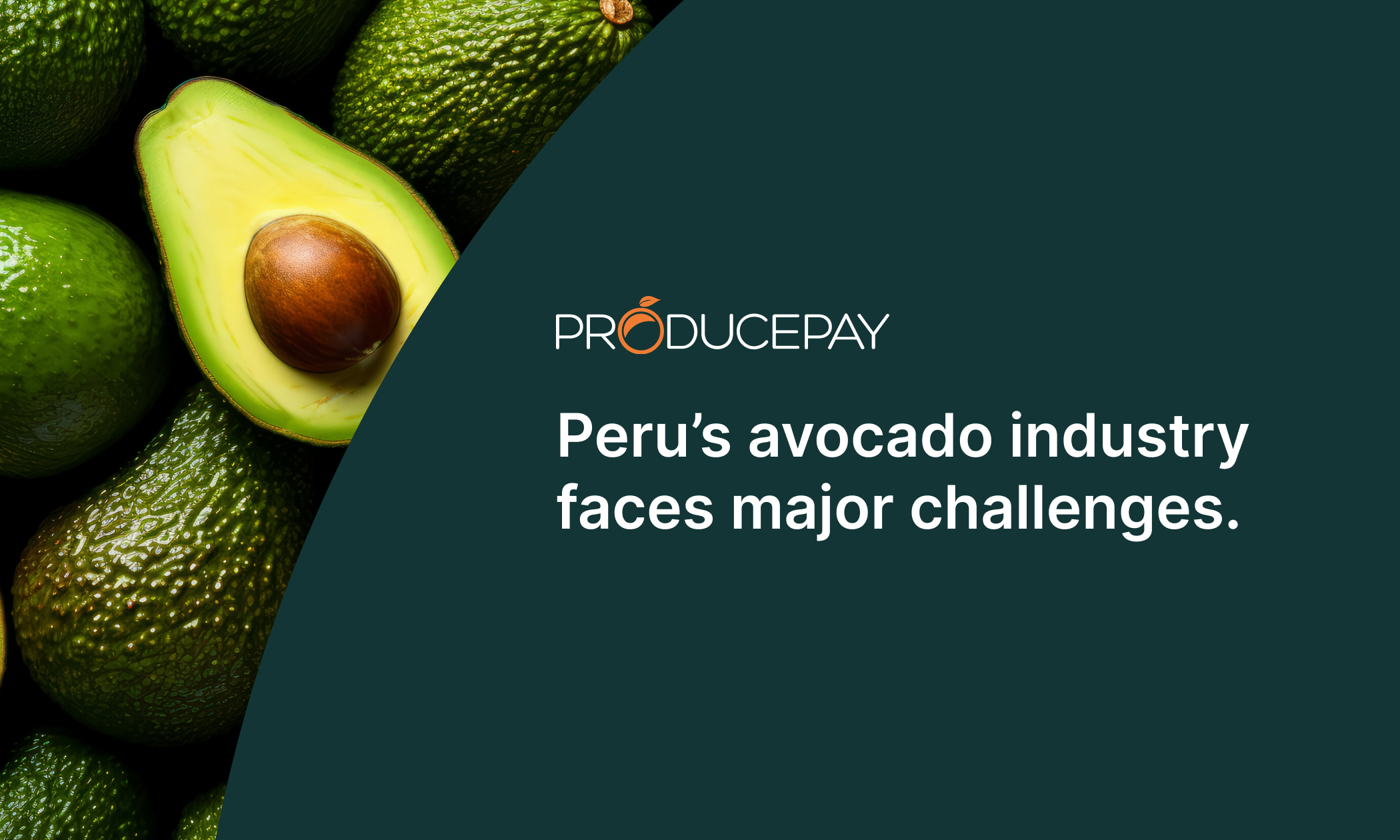
Peru’s avocado industry faces major challenges.
Peru exports 93% of its avocados, making it a critical player in the global market. Its seasonal production complements other significant producers, meeting worldwide demand, especially in the US and Europe.
Yet, growers face challenges like adverse weather and limits on expanding new cultivation areas, highlighting their vulnerability to external factors and necessitating swift adaptation to manage these issues.
Climate impact on avocado production
Due to harsh weather conditions, Peruvian avocado growers must manage significant hurdles this year. These issues have negatively impacted the production of the Hass variety, which meets export criteria.
Adverse weather, including extreme temperatures and irregular rainfall, can directly harm avocado trees, affecting fruit quantity and quality.
Furthermore, as Peru has hit a limit on expanding new avocado cultivation areas, the impact of harsh weather conditions has become more pronounced. Previously, the effects of such conditions could be offset by bringing new hectares into production. However, with the cultivation area now stable, negative climate variability directly impacts total production, as there’s no new land to compensate for losses.
These climatic factors reduce the number of Hass avocados available for export and can lead to smaller fruit sizes and disrupt harvest schedules, causing delays in the start of the season for some regions and smaller produce sizes.
These challenges are expected to lead to a significant drop in export volumes in 2024, with a forecasted decrease of about 16% compared to the previous year.
Why have avocado prices increased?
Prices for Peruvian avocados have surged mainly due to factors affecting supply and demand dynamics internationally.
Firstly, reduced production in Peru has limited supply, directly impacting prices. Stabilizing cultivated land means any production impact immediately affects total supply.
Secondly, major producing countries like Mexico and California also face production volume reductions and fruit size issues, further contributing to the global avocado shortage.
Lastly, avocado demand remains high, driven by increased consumption during specific events. In the context of declining supply, this leads to price increases, with 40-50% higher rates than the previous year.
We are supporting the Peruvian avocado industry
At ProducePay, we understand the avocado industry’s challenges, especially for growers. We support growers with our Pre-Season financing, providing the necessary working capital for daily expenses and investment in operational efficiency.
Avocado buyers can benefit from our Predictable Commerce Program, which ensures an integrated, sustainable supply chain and provides a constant supply of high-quality avocados annually to the US and European markets.
This strategy reduces waste, boosts efficiency, and strengthens Peru’s agricultural economy. It gives international buyers access to premium products, supporting a more sustainable and efficient avocado industry.
Sources: Portal Frutícola, Fresh Plaza, Simfruit

